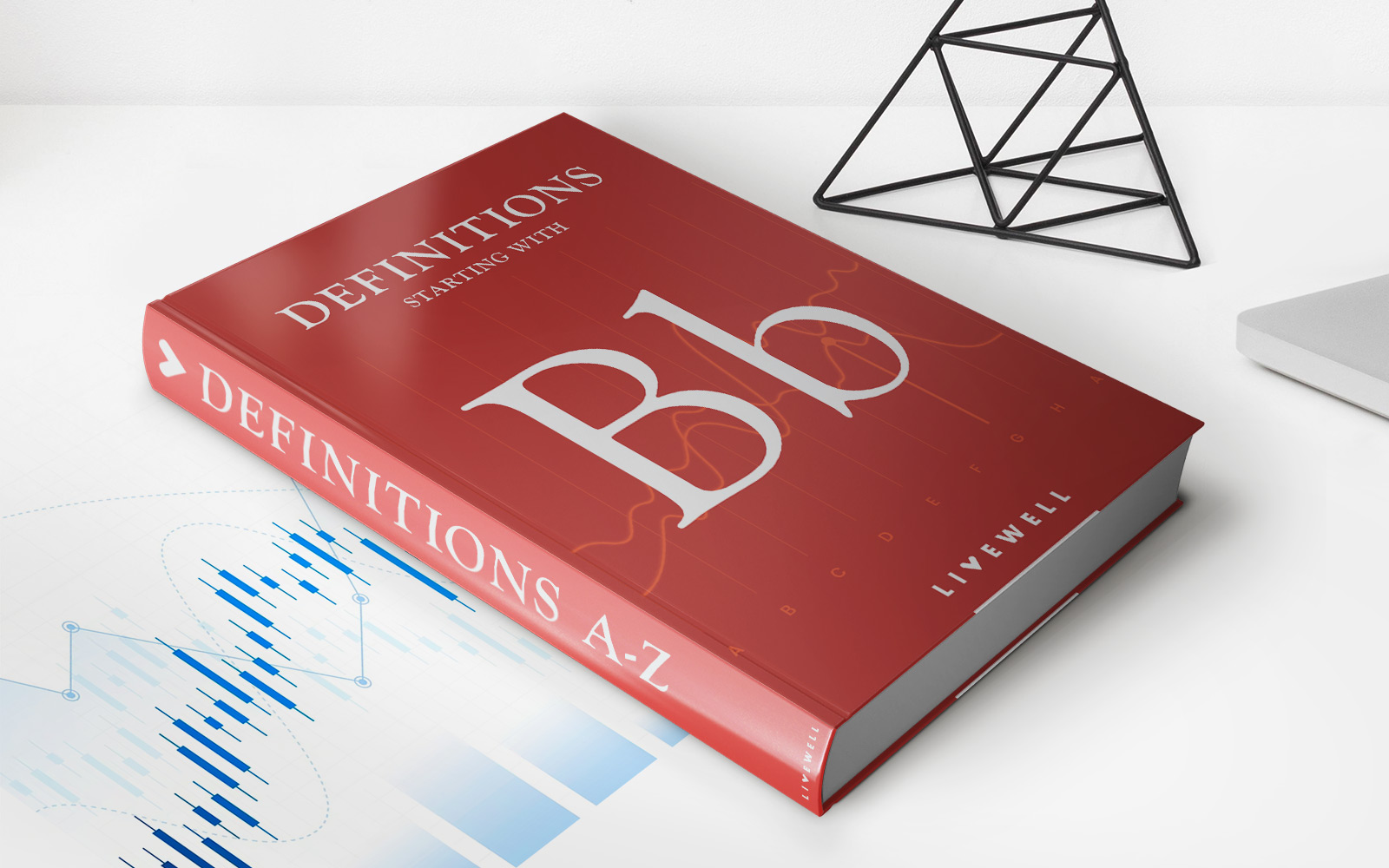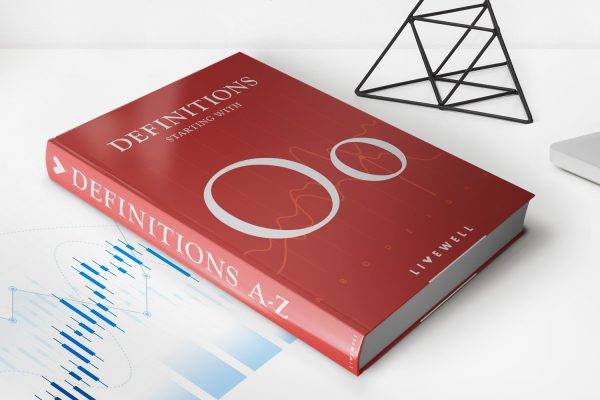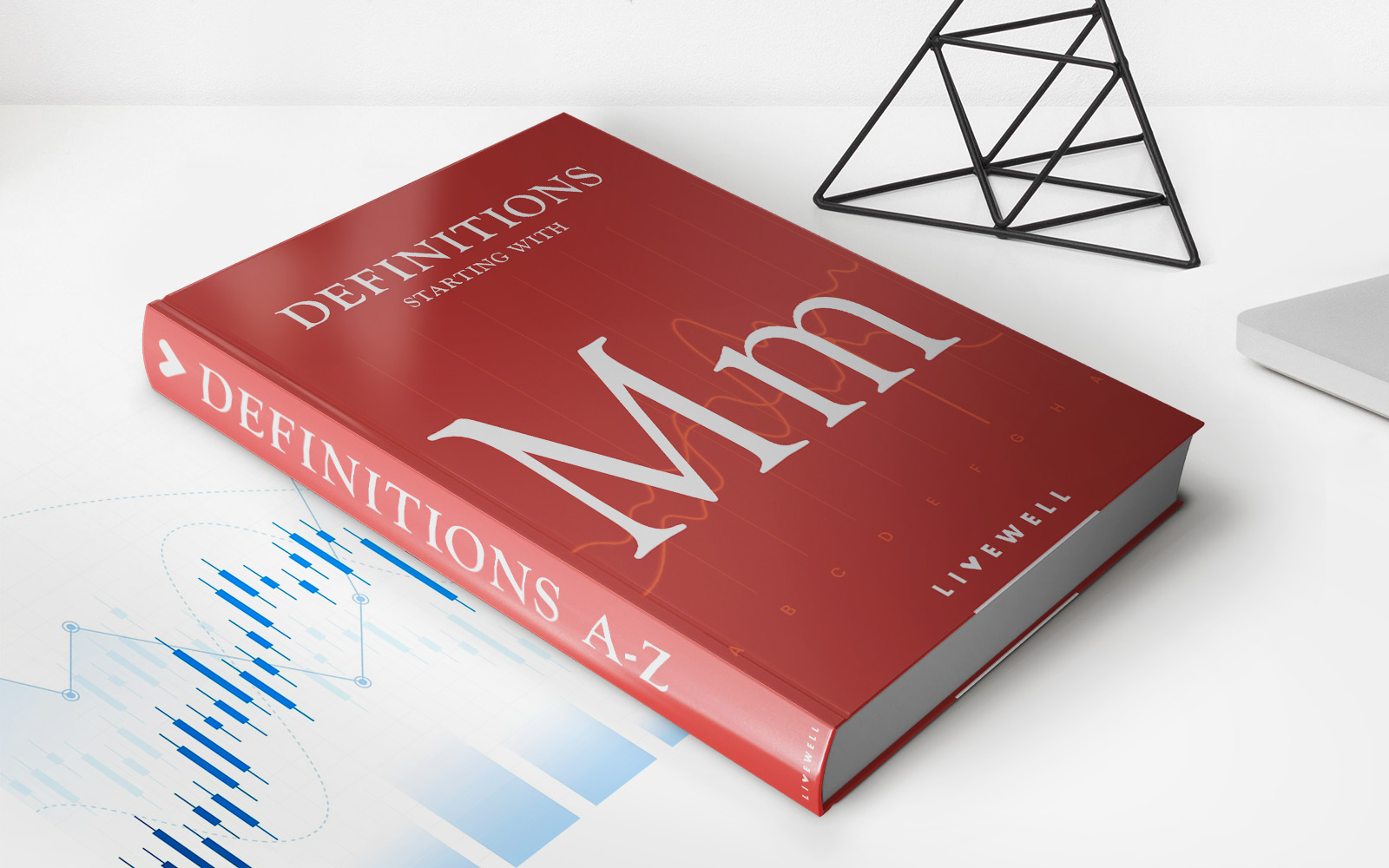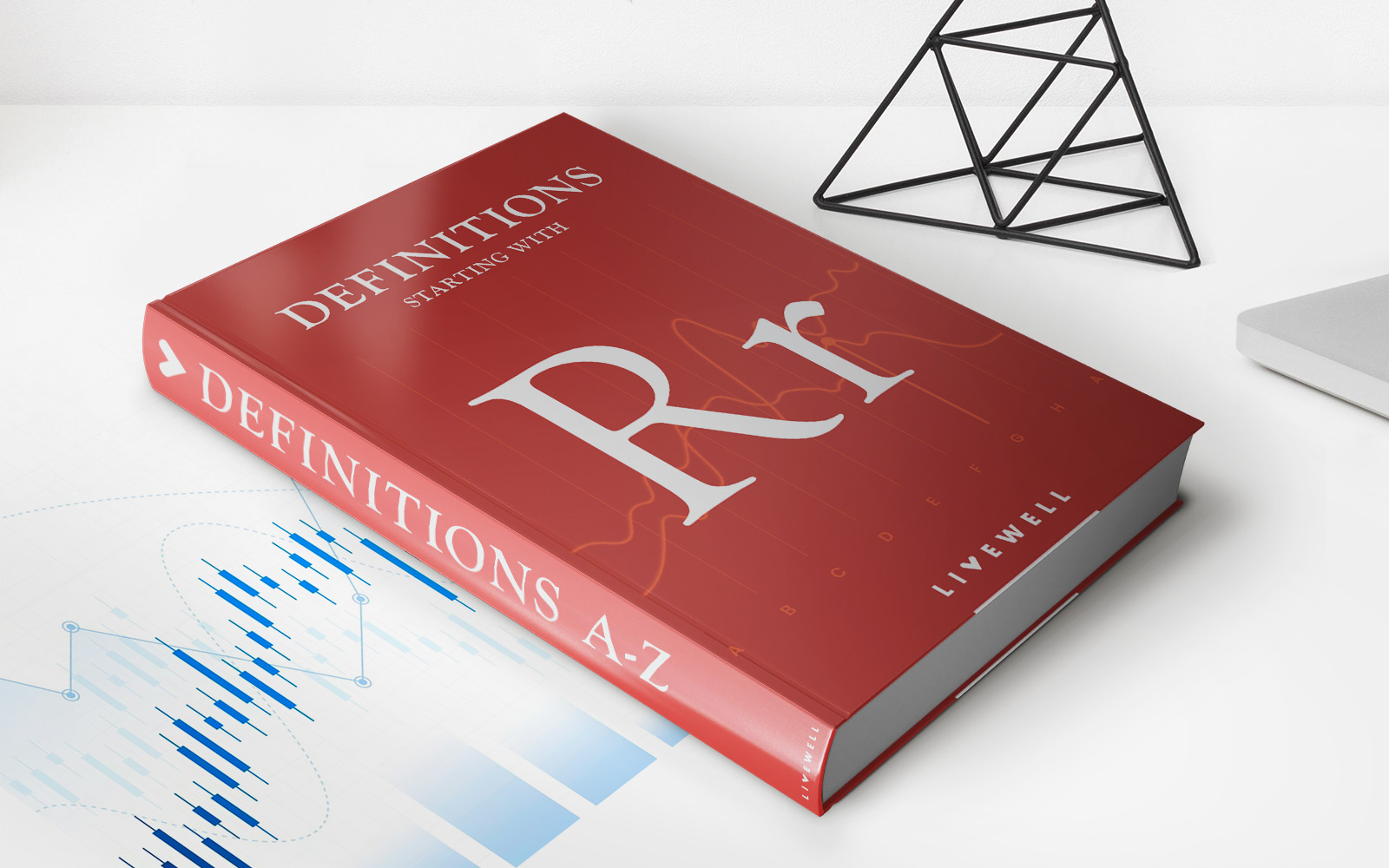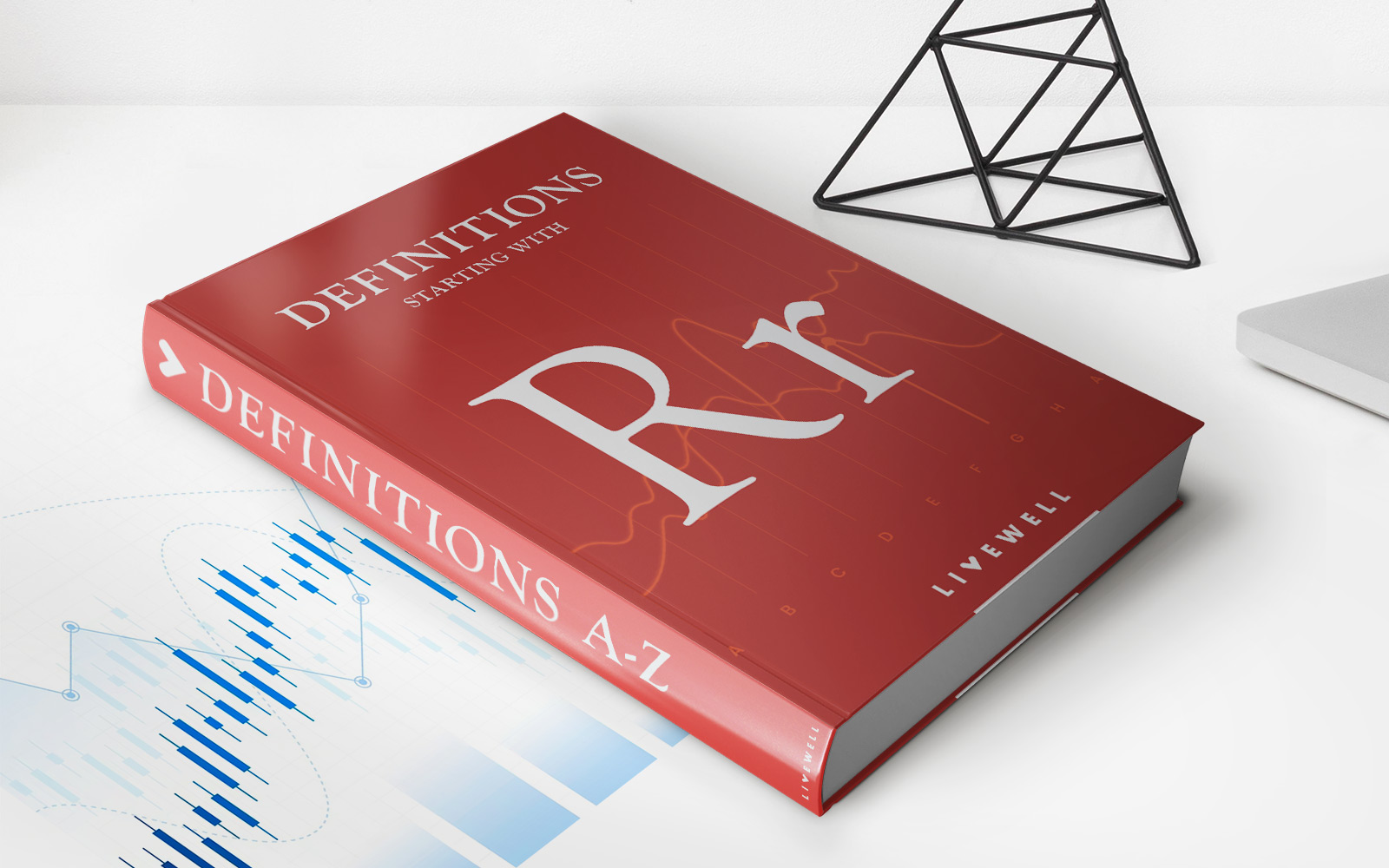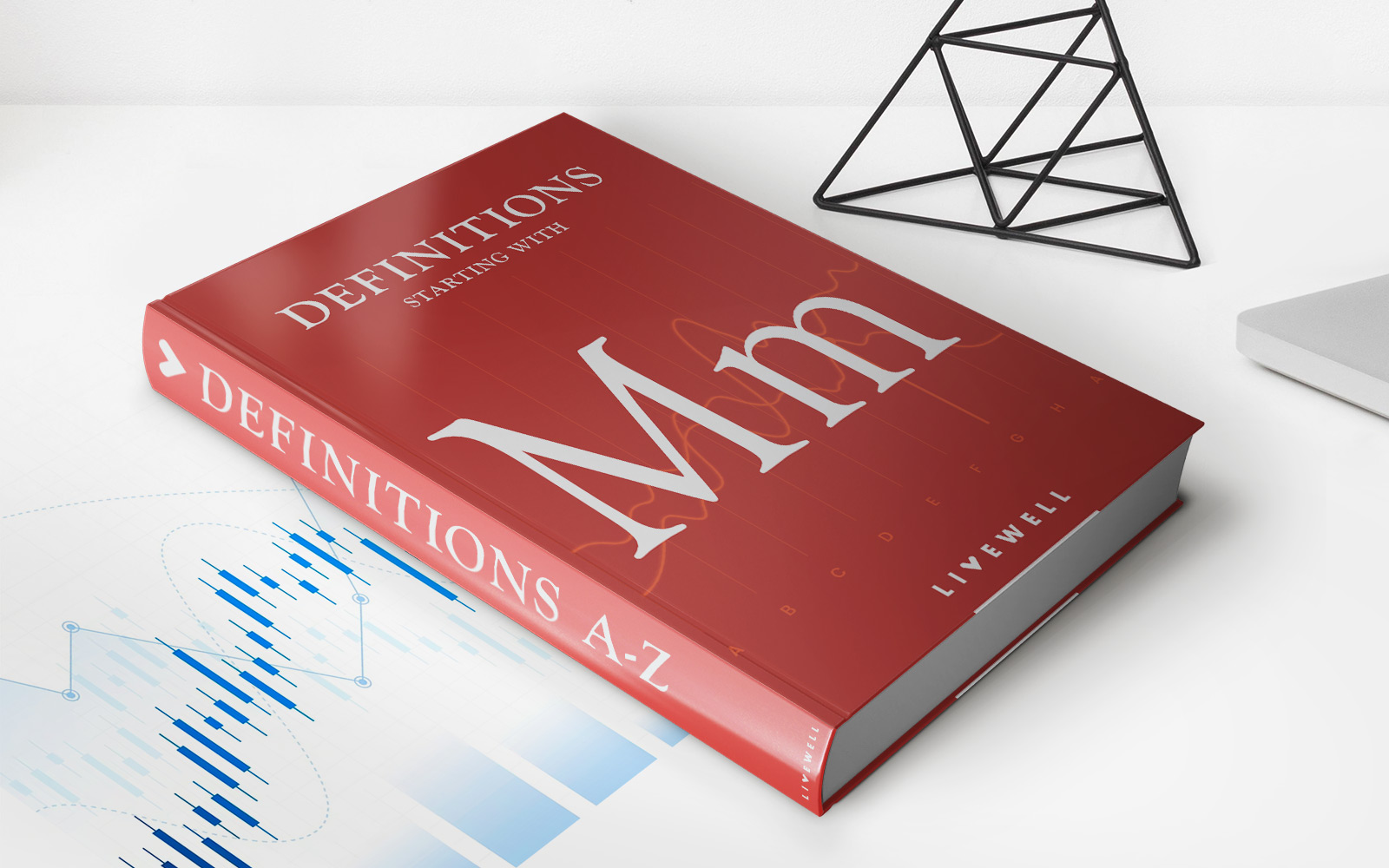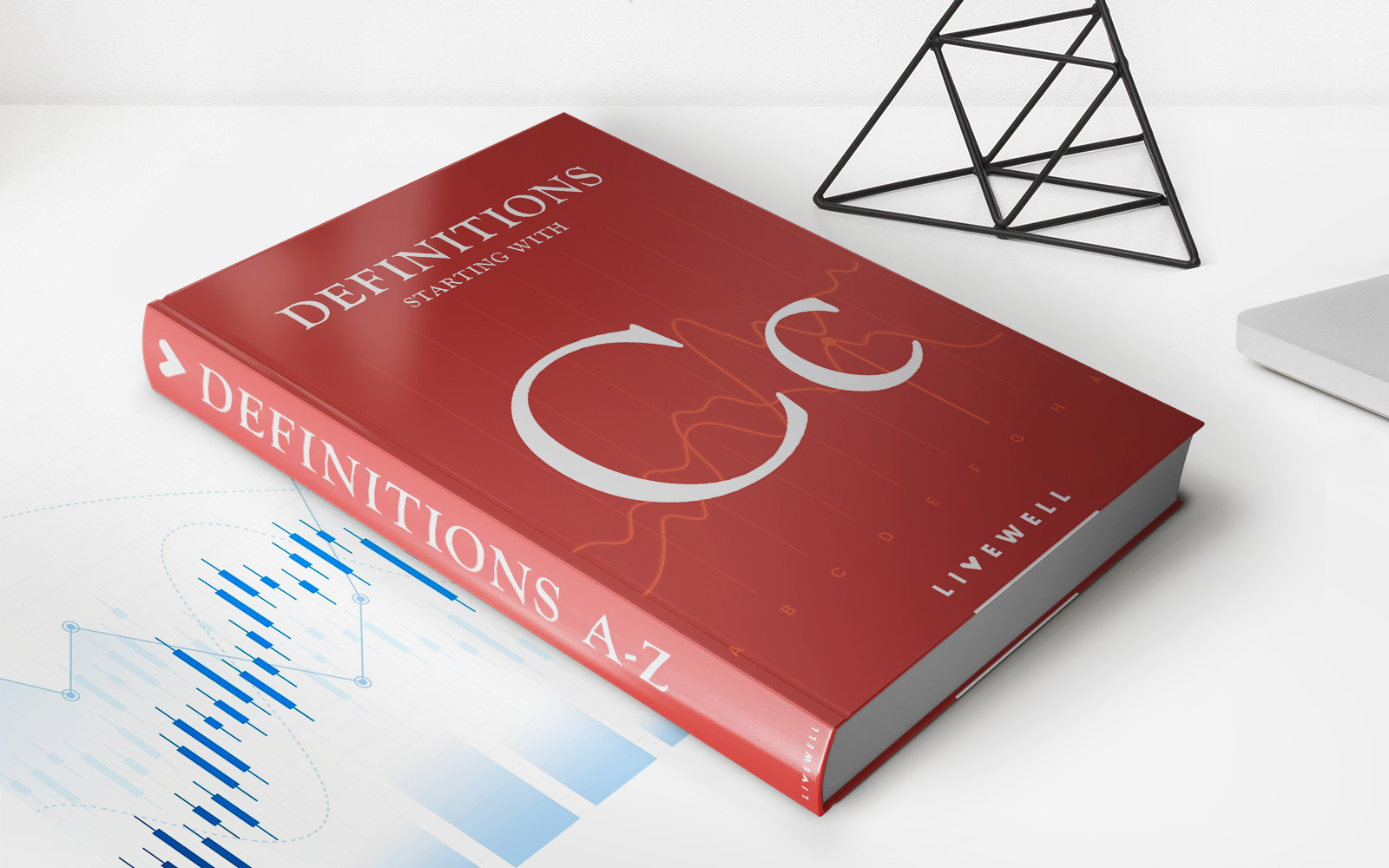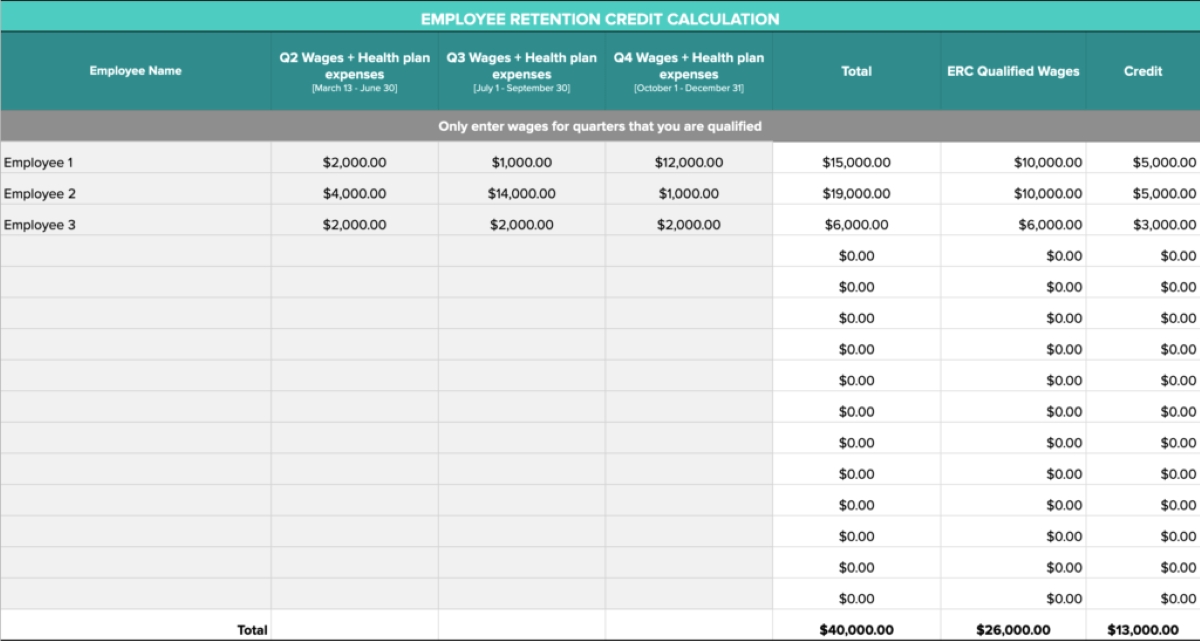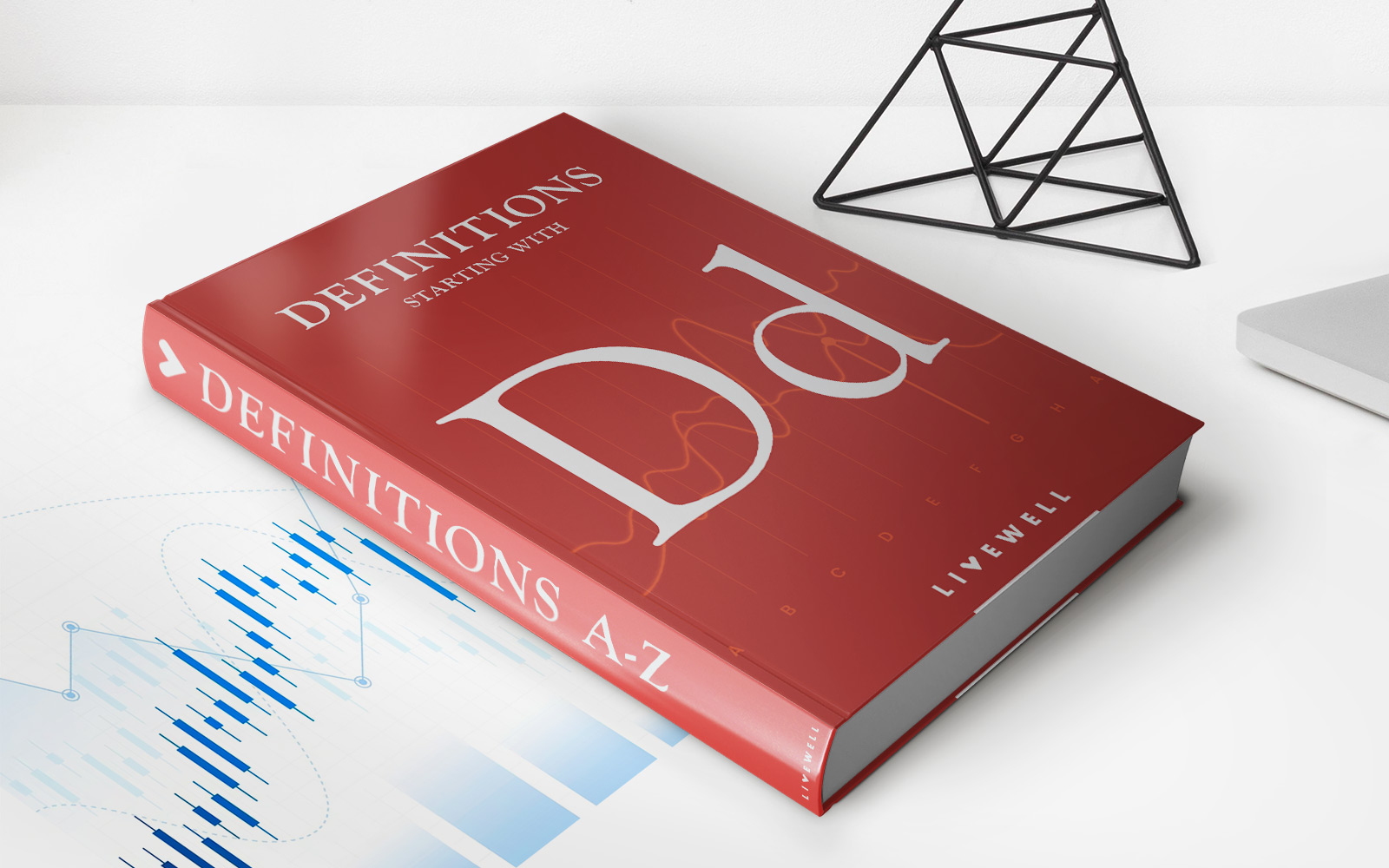Home>Finance>Bill Of Exchange Definition: Examples And How It Works
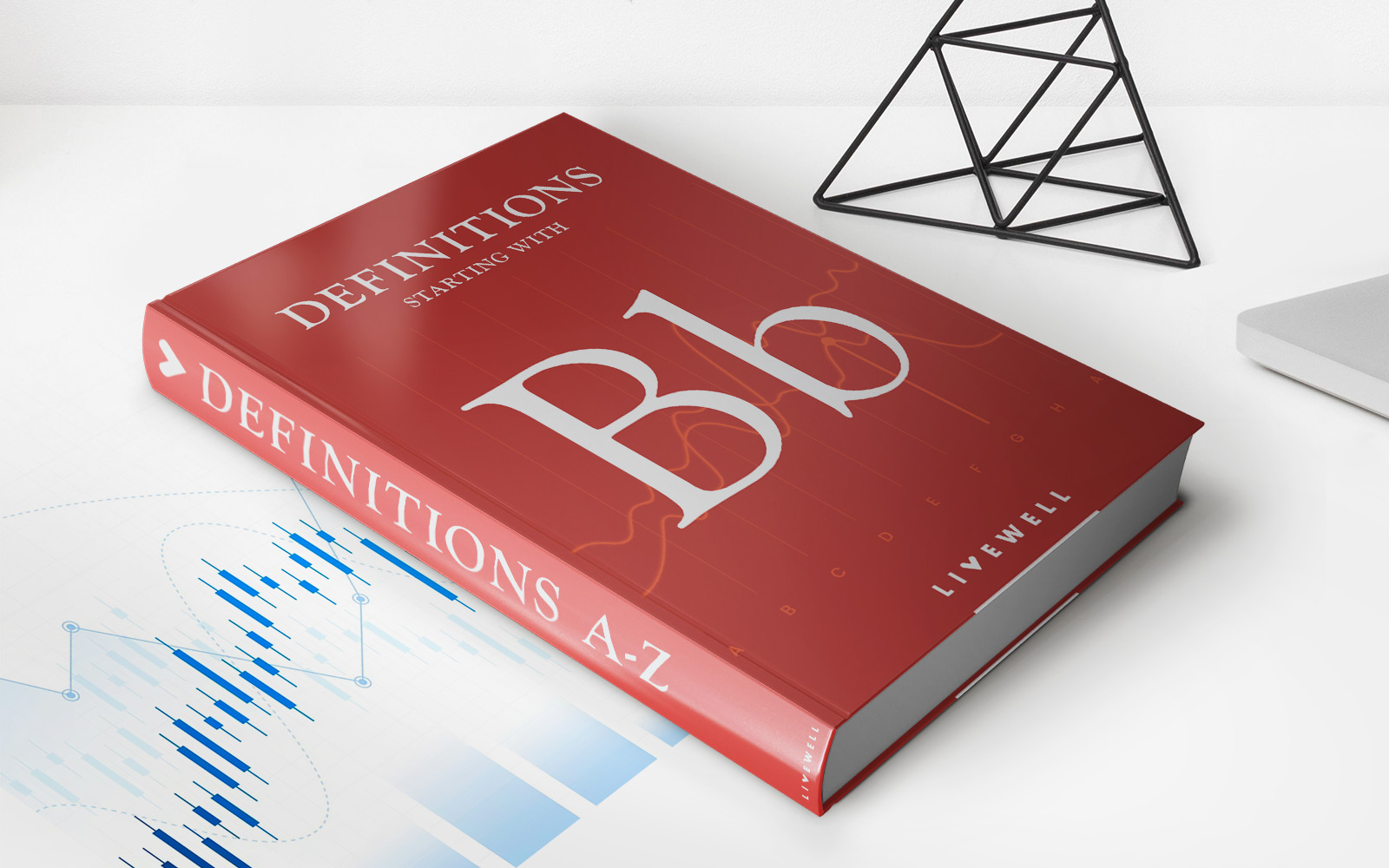

Finance
Bill Of Exchange Definition: Examples And How It Works
Published: October 16, 2023
Learn the definition of a bill of exchange in finance, with examples and how it works. Understand the importance of this financial instrument.
(Many of the links in this article redirect to a specific reviewed product. Your purchase of these products through affiliate links helps to generate commission for LiveWell, at no extra cost. Learn more)
Understanding the Bill of Exchange: Examples and How It Works
When it comes to managing your finances, it’s essential to have a good grasp of different financial instruments and their applications. One such instrument that can play a crucial role in various financial transactions is the bill of exchange.
A bill of exchange is a legally binding document that serves as a written promise from one party to another to pay a specified amount of money within a predetermined period. It involves three parties: the drawer (the person who issues the bill), the drawee (the person obligated to pay), and the payee (the person who receives payment).
Key Takeaways:
- Bill of exchange: A legally binding document for payment
- Involves three parties: Drawer, Drawee, and Payee
How Does a Bill of Exchange Work?
Let’s take a closer look at how a bill of exchange works with an example:
- The drawer, let’s call him John, needs to receive payment for goods he sold to the drawee, Mary.
- John prepares a bill of exchange, writing down the payment details, including the amount due, the date of payment, and Mary’s name as the drawee.
- John then presents the bill of exchange to Mary, who accepts it by signing and dating it, indicating her willingness to pay the specified amount on the designated date.
- Mary can now keep the bill as proof of her debt or transfer it to a third party by endorsing it on the back.
- On the due date, Mary is legally obligated to pay the specified amount to John, the payee mentioned in the bill.
- If Mary fails to pay on the due date, John can take legal action to recover the debt, as the bill of exchange serves as evidence of the debt owed.
The bill of exchange provides a level of security for both parties involved in the transaction. For the drawer, it ensures that they will receive the agreed-upon payment within the specified timeframe. On the other hand, it gives the drawee time to arrange for funds before the payment is due.
Bill of exchanges are widely used in international trade, where they serve as an essential tool for payment settlement between parties in different countries. They provide a standardized mechanism for payment and help mitigate the risks associated with cross-border transactions.
Conclusion
The bill of exchange is a vital financial instrument that facilitates payment transactions between parties. By understanding how it works and how to utilize it effectively, you can better manage your financial affairs and navigate various business transactions with ease.
So the next time you come across a bill of exchange, you’ll have a clear understanding of its purpose and how to leverage it to your advantage.

